To celebrate the 200th anniversary of The Old Market Theatre, the venue is set to bring a slate of exciting shows to a Brighton audience that’s in love with the innovative programming that has defined the unique theatre.
For the anniversary, The Old Market (TOM) has launched a fundraising campaign backed by arts group STOMP and Fatboy Slim, aimed at raising £100,000 (€119,000) by the end of the year for key refurbishments to the building.
When it was first established in 1825, The Old Market was a market. No surprises, here. Architect Charles Busby designed the original regency building to serve the Brunswick area’s increasingly popular port in Hove.
For a while, it remained that market before becoming a riding academy and stables. Like all good old British theatres, The Old Market has its share of ghosts. It’s from this era that one of its most famous ones hails. “There’s still rumours of a ghost horse that wanders around the building,” Creative Director of TOM tells Euronews.
In the 1980s, TOM became an arts venue. Renovated to support arts programming, it was in this skin that the venue played host to the creative imaginings of Steve McNicholas and Luke Cresswell. They went on to create the wildly popular percussion theatre group STOMP.
Jewell has been involved with the theatre since STOMP bought the venue in 2010. At the time, it was going into receivership and the Brighton-based group didn’t want to see such an important part of their creative careers get thrown away.
“It was a passion project for them,” Jewell explains. “We had no idea really where the programme was going to grow, so it grew very organically.” Jewell says that TOM grew in the “messy edges of genre”, much like how STOMP’s shows live between mediums of theatre, percussion and music.
From the get-go, TOM championed similarly multidisciplinary works. TOM is principally a black box theatre, but the venue has the versatility to put on a range of shows such as their In The Box series, in which four-way projectors immerse audiences in live shows. This immersive environment has been used in shows by everyone from Brighton local Fatboy Slim to poetry performers. Later this year, James Lavelle will bring back his trip-hop act UNKLE Sounds for a one-off show.
Alongside technically impressive elements, the programming also champions diversity. Its Reigning Women initiative has seen 77 female artists programmed since 2018. This year, they’ve got shows like ‘I AM - OommoO’, an Afro-futurist storytelling night where writer LULA.XYZ explores her Ethiopian-British heritage with the MiMu gloves made famous by Imogen Heap.
“We work with a lot of emerging artists, but it's also a lovely space for some of industry giants to come in, like Norman [Fatboy Slim]”, Jewells says. It’s important that TOM keeps its “greenhouse effect” for emerging artists. “I think that’s really important as we’re losing these kinds of spaces so rapidly at the moment.”
This moment isn’t a healthy and happy time for the arts in the UK. Four in 10 theatres could face closure in the next five years without significant capital investment, a report from Society of London Theatre (SOLT) and UK Theatre said last year.
Theatre and music venues are at increased risk in the current economy due to the rising costs of rent, energy, and reduced interest in in-person events since the pandemic. “We are facing the fact that people are struggling economically. So, we’re not able to raise ticket prices to be as high as would be sustainable,” Jewell says.
For the past decade and a bit, TOM was able to function, in part, through being underwritten by STOMP. Last April, the organisation transitioned into a charity. This has meant they’ve been able to diversify their income streams, but have also lost a level of financial security.
As with running any 200-year-old building, there are renovations that need doing. From new coats of paint to improving the lighting and sound specs.
With the costs of running a venue in a heritage building, perhaps TOM would settle for a more run-of-the-mill programme. Why not throw in a Shakespeare with a familiar face to drag in the Brighton crowds?
“There are loads of spaces that do that kind of classical text really well, but our remit has always been about innovation,” Jewell answers. “We also have a really experience-seeking audience who want to go on that journey with us.”
Another example of this innovation is #TOMtech, which uses the space to meld traditional performance with technology. Artists are encouraged to embrace new technology such as Virtual Reality (VR), Augmented Reality (AR), motion capture, and 360 film.
It’s also in the way TOM interacts with the community. For the past five years, they’ve had the Hera partnership, an initiative with the NHS to inform the theatre’s programming of the health and wellbeing needs of the public.
This approach to programming can also pay dividends, both financially but also culturally. As STOMP was allowed to grow into the international success that participated in the 2012 London Olympics closing ceremony, so will more acts come out of spaces like TOM.
“I think it's really short sighted to not help the venues that are creating, you know, the work that will eventually make huge financial returns,” Jewell says. “It's really important that we safeguard a pipeline. Otherwise we're going to run out of artists. They're under huge pressure and don't have the space to play and to break things and to trial things. That's where the good work is made, right?”

 2 days ago
7
2 days ago
7

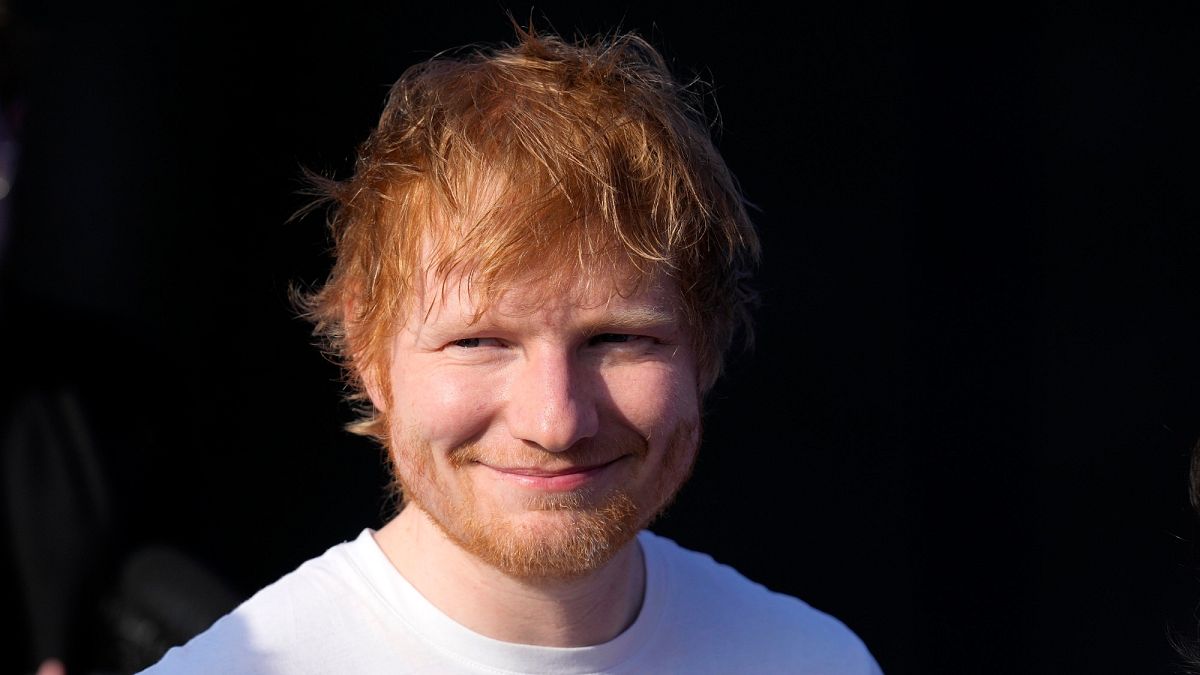

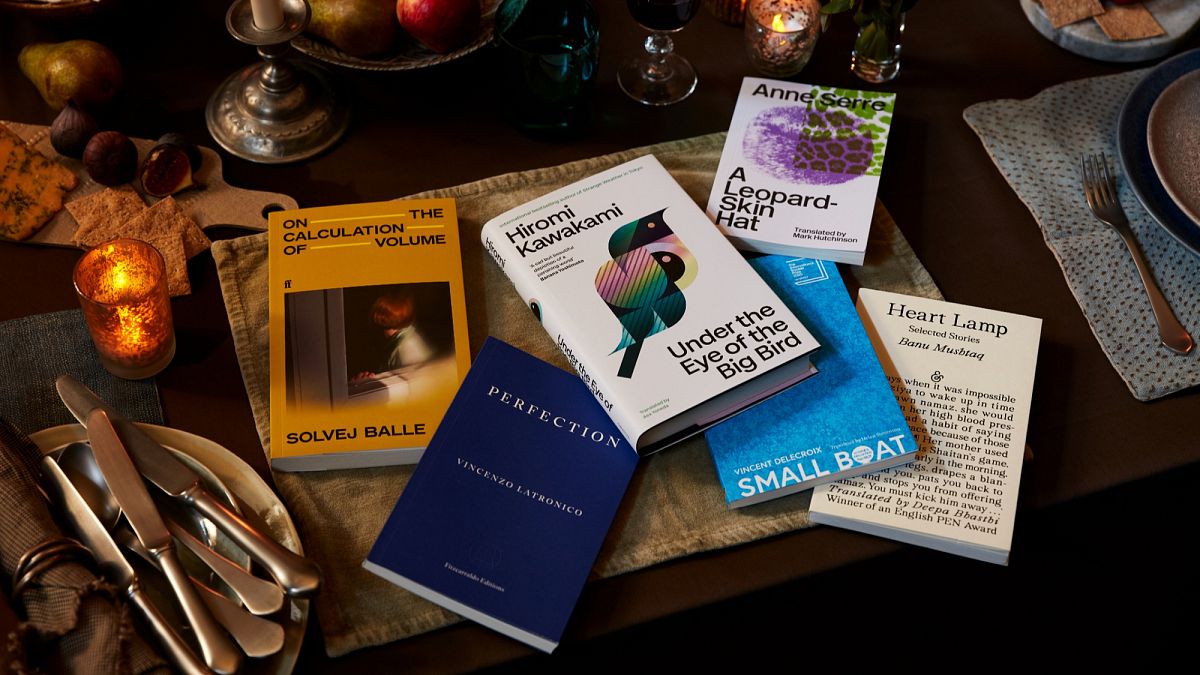
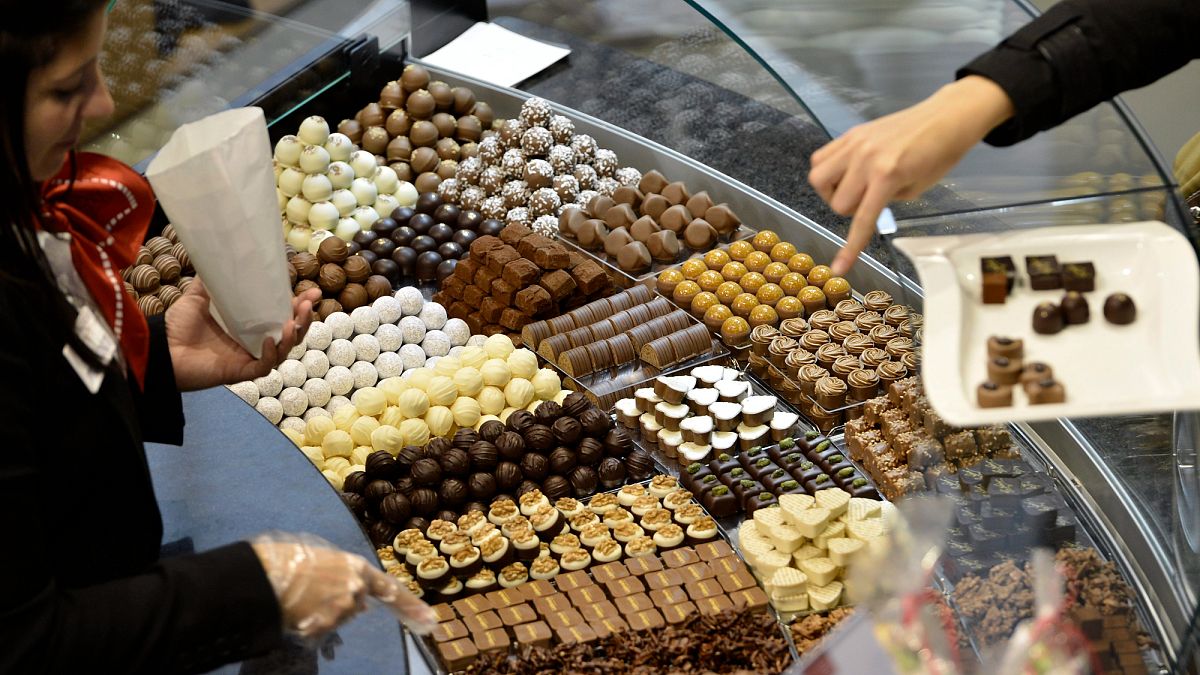
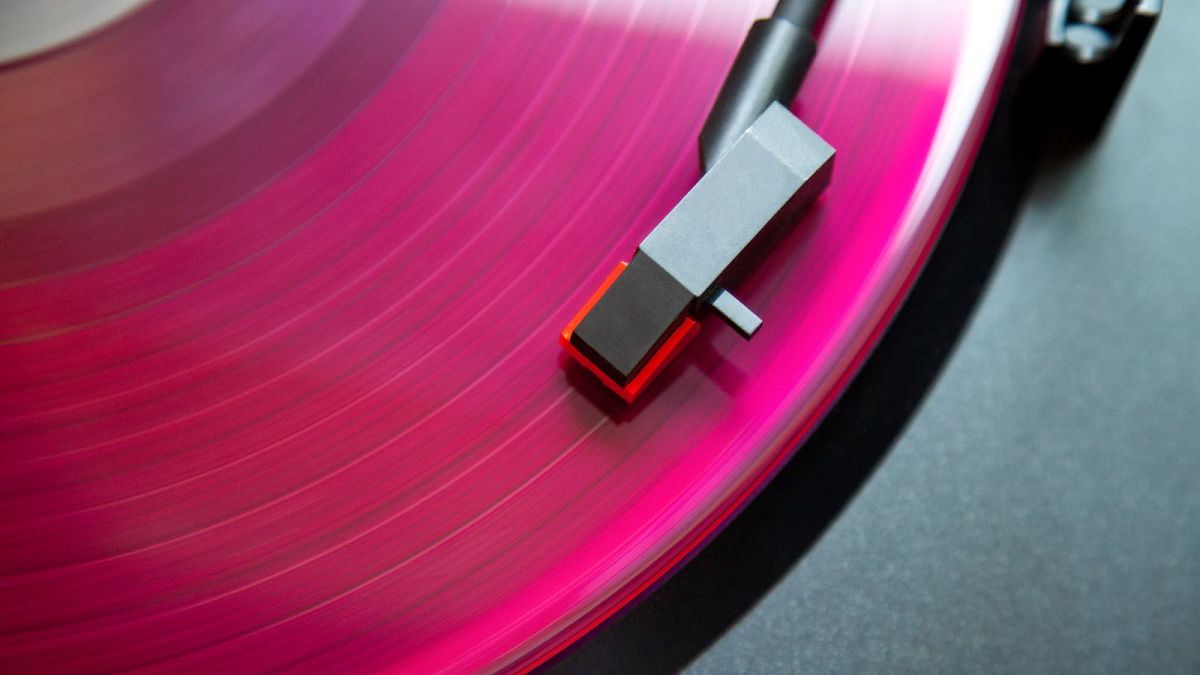
 We deliver critical software at unparalleled value and speed to help your business thrive
We deliver critical software at unparalleled value and speed to help your business thrive
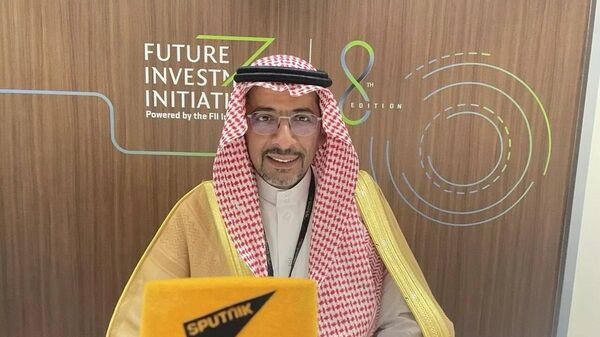
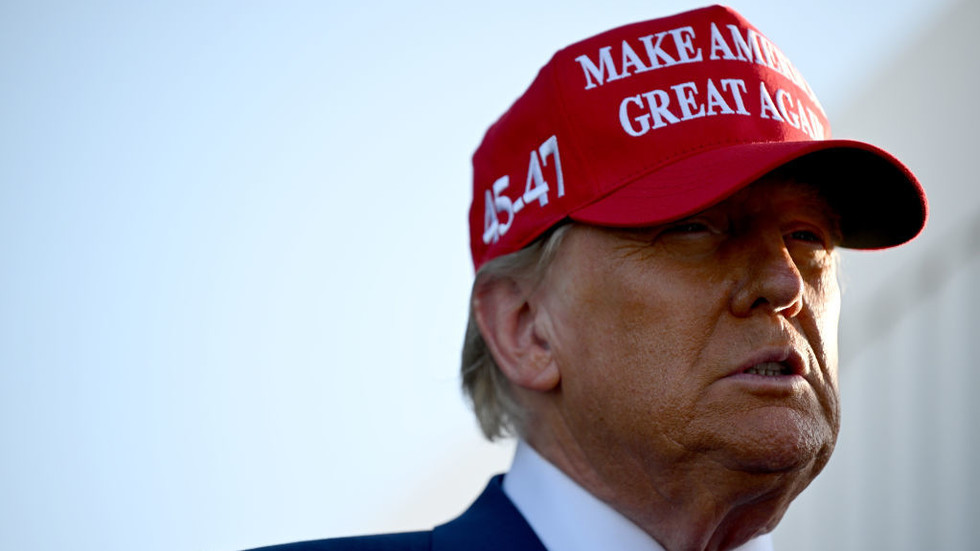
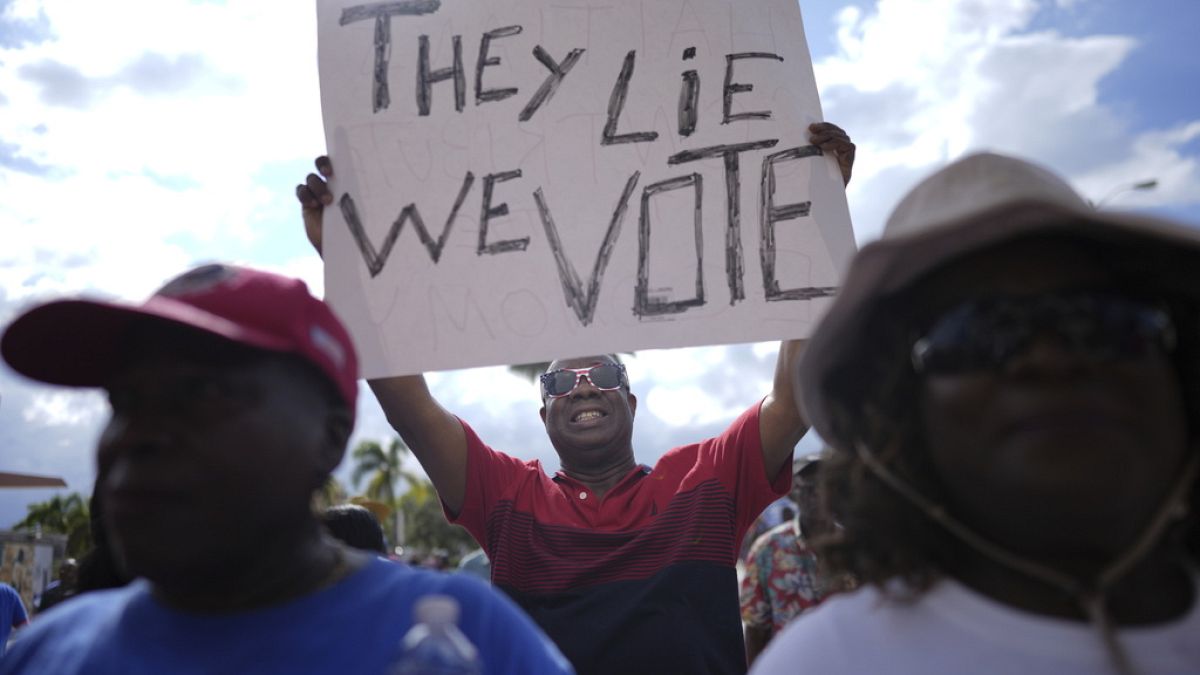
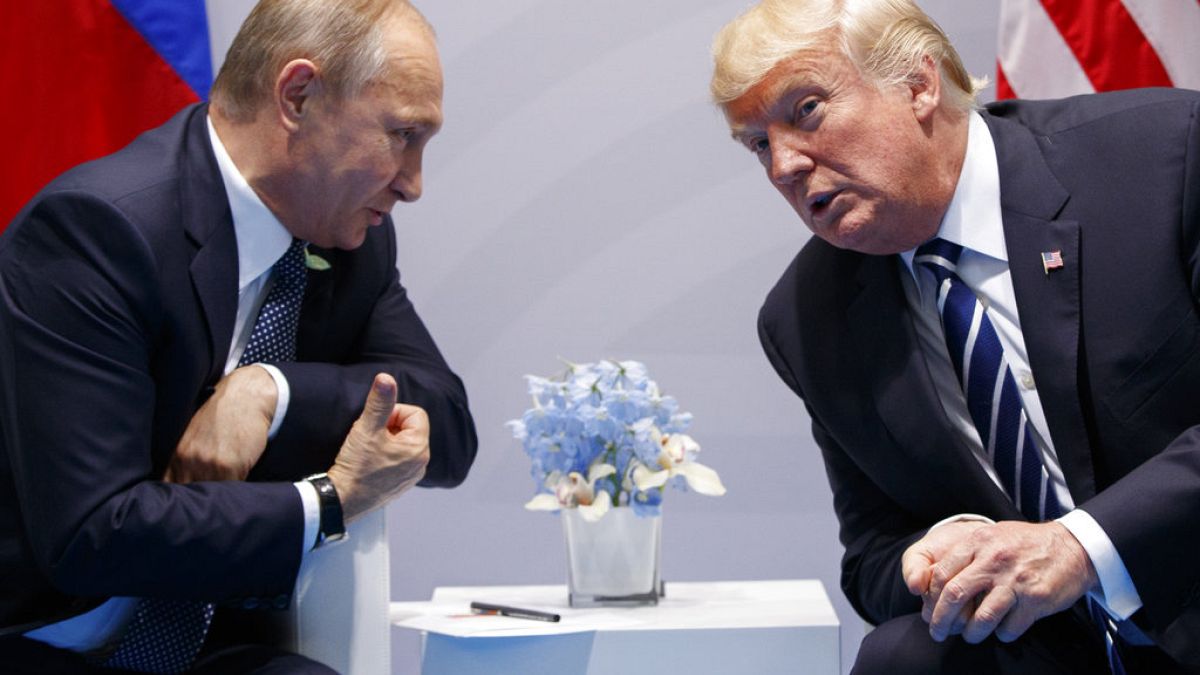
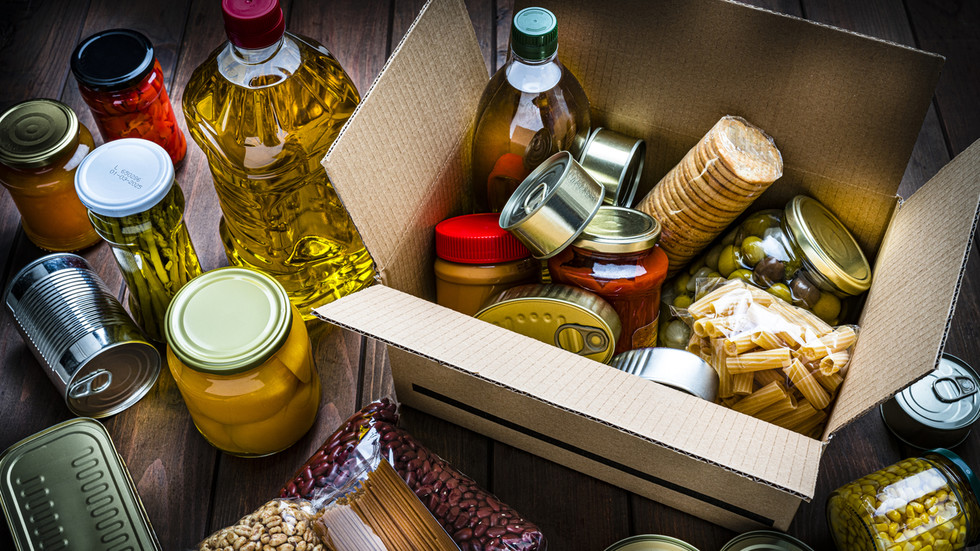

 English (US) ·
English (US) ·